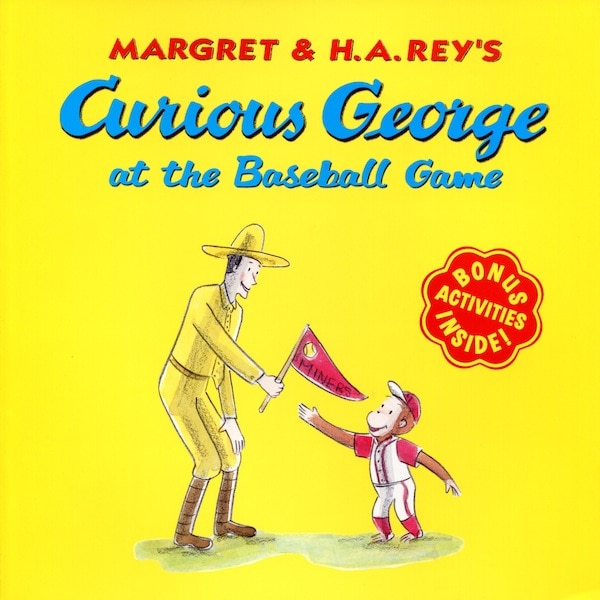

“Review of John Howard, Blake’s “Milton”: A Study in the Selfhood.” Studies in Romanticism, Volume 16, Number 2 (Spring 1977), pp. “A Reading of Blake’s Marriage of Heaven and Hell, Plates 17-20: On and Under the Estate of the West.” Blake Studies, Volume 4, Number 2 (Spring 1972), pp. The Counter-Arts Conspiracy: Art and Industry in the Age of Blake (Ithaca London: Cornell University Press, 1992)Įaves, Morris. Edited by Morris Eaves (Cambridge: Cambridge University Press, 2003) Cambridge Companions to LiteratureĮaves, Morris. The Cambridge Companion to William Blake. "Blake and the Artistic Machine: An Essay in Decorum and Technology." PMLA, Publications of the Modern Language Association of America, Volume 92, Number 5 (October 1977), pp. Reprinted for private distribution from Blake’s Sublime Allegory: Essays on The Four Zoas, Milton, and Jerusalem, edited by Stuart Curran and Joseph Anthony Wittreich, Jr.Įaves, Morris. “William Blake and His Reader in Jerusalem,” pp. Janis Sheldrick has brought us a wonderfully crafted biography of the man and his Line.' - Libby Robin.Easson, Roger R. 'George Goyder introduced settler Australians to the idea of variability of climate, and the limits to agricultural possibilities for the inland. He is a foundational figure in the Northern Territory, where he selected and laid out the site of Palmerston (Darwin) and established settlement after previous attempts had failed, at the same time coming to acknowledge the position of the traditional owners. Effectively manager of all crown land, and the government's 'universal genius', he took on remarkable roles, from establishing forestry and protection of native forests to the drainage of the South-East. Goyder was South Australia's surveyor general 1861-1894, and a landscape author on a major scale, laying out the pattern of settlement across much of rural SA.

In central South Australia the area beyond Goyder's Line, as it had come to be known, is marked by the ruins they left. Thousands of people took up farming on land that proved ultimately unable to sustain them. When he attempted to adapt the pattern of settlement to climatic reality by defining the border of the zone of reliable rainfall, his repeated warnings about the threat of drought were scorned. His experience put him decades ahead of his contemporaries in understanding the Australian climate. Goyder was the first European explorer to see great salt lakes in the inland in flood and to witness the amazing transformation that follows the breaking of drought. It is a story of relevance to the history of settlement in Australia as a whole.
#GEORGE GOYDER BOOK COLLECTOR FULL#
The book tells the story of his life and work for the first time in full and in the context of a contemporary understanding of climate. For a period, he was dogged as well by unrelenting tragedy in his personal life. Renowned for 'energy', honesty, determination and resilience, as a tough bushman with an unparalleled knowledge of the South Australian environment and as a manager and administrator of great ability, he was at the centre of conflicts over land and resources for much of his career, and had to endure fierce criticism and misunderstanding. Gerorge Goyder's name was a household word in his lifetime. Dust jacket is bright and clean, with creases along the lower edges, gently scuffed tip of the upper front corner. Boards show a touch of scuffing to spine ends, a short crease in lower outer corner of front panel, a horizontal crease mid-spine.
#GEORGE GOYDER BOOK COLLECTOR FREE#
Book shows gentle wear, interior is clean and bright throughout with unmarked text, free of inscriptions and stamps, securely bound. Scarce hardcover, 2014 reprint, xiv + 457pp + 16 pages of colour plates, b&w illustrations and maps in text, map endpapers, NOT ex-library.


 0 kommentar(er)
0 kommentar(er)
